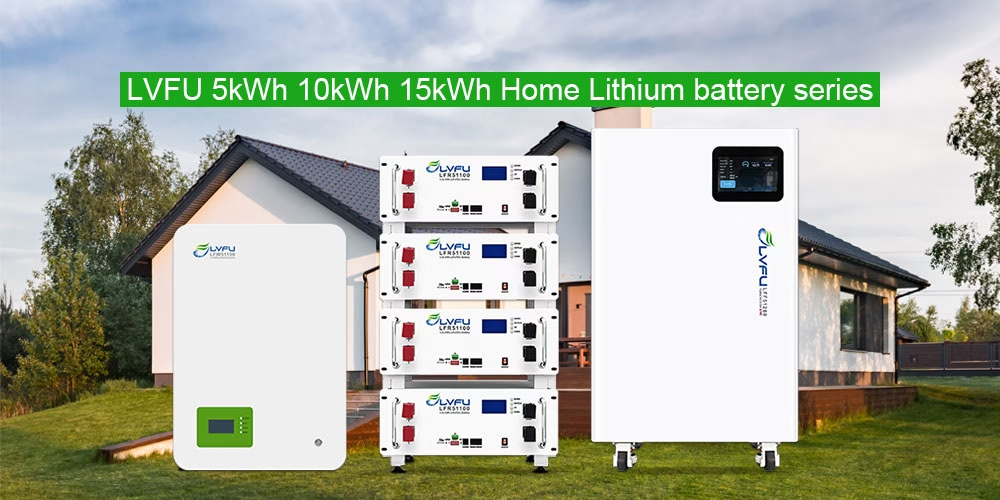The new energy power battery sector is rapidly evolving toward greater diversification, higher performance, and smarter functionality. To illustrate these trends, the following analysis examines the latest developments across key technology pathways.

- LFP (Lithium Iron Phosphate) Batteries:Thanks to their high safety, low cost, and long cycle life, LFP batteries continue to dominate the mid-to-low-end vehicle segment and the energy storage market. Furthermore, through structural innovations such as blade battery and CTP technology, their energy density keeps improving. Notably, some products have already approached 250 Wh/kg.
- NMC (Lithium Nickel Manganese Cobalt Oxide) Batteries: These batteries are evolving with a clear trend toward higher nickel content, a feature that enables them to achieve energy densities exceeding 320 Wh/kg. This high energy output makes them particularly well-suited for mid-to-high-end vehicle models. It is important to note, however, that manufacturers still need to make further improvements in safety.
- Solid-State Batteries: Widely recognized as the next-generation technology, solid-state batteries demonstrate potential for energy densities exceeding 500 Wh/kg. The industry anticipates their entry into small-scale production by 2027, followed by the likely commencement of mass production after 2030.
- Sodium-Ion Batteries: With advantages such as abundant resources, low cost, and excellent low-temperature performance, sodium-ion batteries are suitable for light electric vehicles and low-cost energy storage. Their commercialization is projected to progress steadily after 2025.

